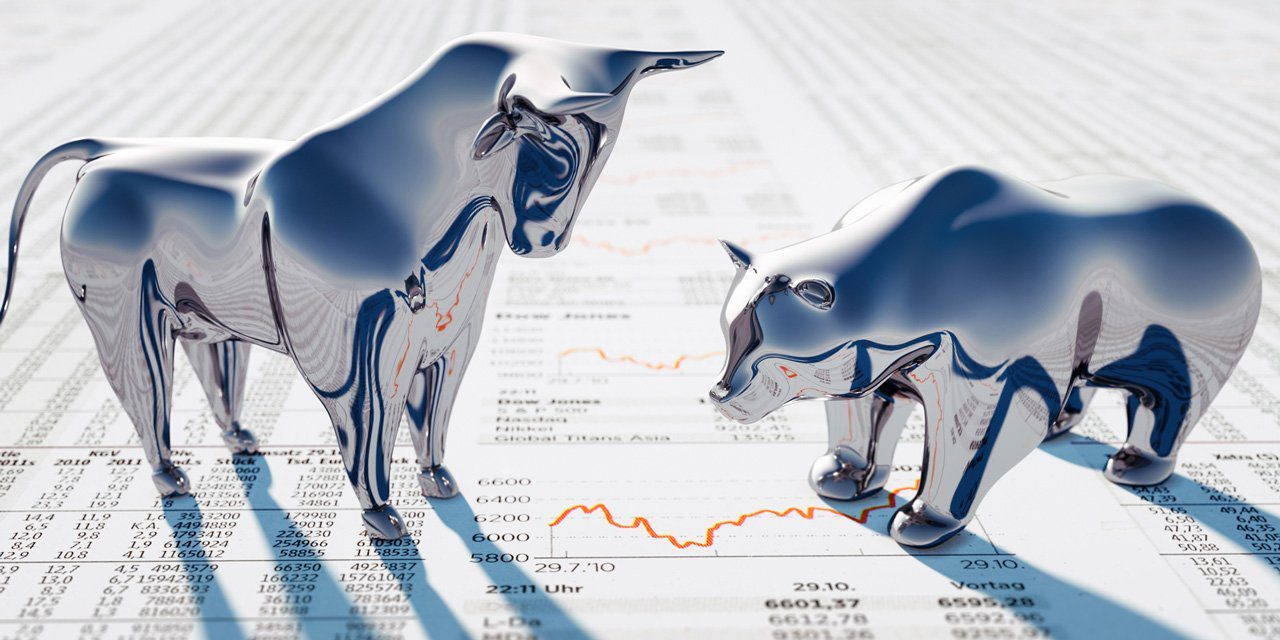How Long Do Bear Markets Last? A Look at 13 Stock Slumps Since 1946

Bear markets can be brutal for investors, who may panic and sell when it would better serve them to reflect on their long-term goals and positioning.
Financial advisors can use these tough moments for constructive conversations with clients by giving them some historical perspective on market downturns and volatility — while building stronger, longer relationships.
“For advisors, this can be an excellent opportunity to get in front of possible new clients by distributing timely information and knowledge about both the markets and the current situation to properly contextualize events,” research analyst John McKenna said in the latest issue of Cerruli Edge—U.S. Advisor Edition . “It also presents an opportunity to approach clients already in a formal relationship about long-term planning to ensure they will be in an advantageous position in the long run.”
A bear market has arrived when stocks, typically represented by an index, slide at least 20% from their recent highs. The S&P 500 hit that mark in mid-June.
Before this year, U.S. stocks had endured 26 bear markets since 1929, according to Hartford Funds, which, like other investment experts, notes that equities markets are positive more often than not. Bull markets have followed all those bears, industry research shows.
During bear markets, advisors can remind investors that these times, overall, offer them at least one enticing advantage — the opportunity to buy when prices are low and benefit from the growth years down the road.
“Over the very long run, stock markets have been very generous to investors who can get through long periods of decline,” Paul Kaplan, research director for Morningstar Canada, wrote in a recent column. It’s hard to predict how long it will take markets to recover, he said, but in every U.S. bear market over the past 152 years, he wrote, “the market eventually recovered and went on to new heights.”
In fact, despite numerous market downturns over that time, one dollar invested in at year-end 1870 would have grown to $20,514 in real terms by May 31, 2022, for a 6.8% annual return, Kaplan said.
Christine Benz, Morningstar’s director of personal finance, encouraged investors to see if they can buy more during the downturn.
“See if you can’t bump up your contribution a little bit, because especially if you’re early in your investment career, these down markets are your friend,” she said in a recent video. “They’re the opportunity to put more money to work, to buy more shares for the same amount of money than when things were higher,” Benz advised.
Peter Mallouk, president and CEO of Creative Planning president, offered encouraging words to investors on Twitter this week.
“The average length of a bear market is about 10 months. Even if this bear market lasts longer than average, in the course of a lifetime of investing, it’s expected, normal and weeds out poor investors. The intelligent investor expects bear markets and invests through bear markets.”
Check out the slideshow for details on the length, severity and recovery time for each bear market since the Truman presidency.




